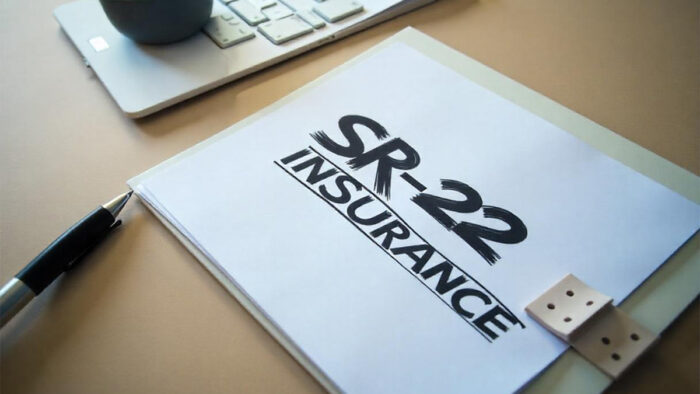Car insurance is very important because it helps protect against accidents and other driving incidents. However, high-risk drivers often need an SR-22 form to meet state insurance requirements. This is very common among individuals with troubled driving history or unresolved court judgments.

If you need an SR-22, knowing how you can easily get one and meet insurance requirements can provide you with peace of mind. While the process is straightforward, not all insurance companies offer these particular forms, so you may need to look for a new insurer. Here’s a simple guide to the SR-22 certification process so you know what to expect.
What Is an SR-22?
An SR-22, also known as a certification of financial responsibility, proves you have enough liability insurance to meet state requirements. You might need this certification if you’ve been convicted of serious traffic offenses, caused multiple accidents, or had your license suspended or revoked. In order to get the form, you will have to contact your insurance company to file the necessary paperwork.
There are three types of SR-22 forms, depending on your driving situation:
- Owner Certificates: For those who drive their own car.
- Operator or Non-Owner Certificates: For those who don’t own a car but may rent or borrow one.
- Owner-Operator Certificates: For those who drive both their own car and vehicles owned by others.
You need to keep in mind that not every insurance company offers SR-22 certification, so you might need to switch insurers to get this form and maintain coverage.
How Much Does SR-22 Insurance Cost?
Filing for this certification or form typically costs around $25, varying by state and insurance company. However, having it usually increases your auto insurance rates due to the underlying issues that required it. If you’ve caused multiple accidents, accumulated moving violations, driven without insurance, or have a DUI conviction, your insurance rates will rise based on these factors, not just the SR-22.
For example, according to a review of major insurers, the average annual cost of SR-22 insurance for a driver with a DUI is about $3,270. Most of this increase is due to the DUI, with the SR-22 fee being very little.
Who Needs an SR-22?
Just so you know, the requirements differ by state, but you may need to file an SR-22 for reasons such as:
- Accumulating too many tickets in a short period of time
- Being at fault in more than one accident
- DUI or DWI convictions
- Reckless driving or other major offenses
- Having your license suspended
- Having your license revoked
- Unpaid judgments such as child support
- Failing to purchase auto insurance
- Having a hardship license
Other situations might also require an SR-22. Your state’s DMV or a court will let you know if you need this certification.
How Do I Get an SR-22?
To get an SR-22, you need to contact an auto insurance company. They will file the necessary paperwork with the state using your name. Here’s how you can go through the process.
- Have Car Insurance: You must already have car insurance before you can get a SR-22. If you don’t, you may have to purchase a policy.
- Inform Your Insurer: If you already have insurance, inform the insurance company and let them know you need an SR-22. They will file the document for a fee. Always remember that not all insurers offer this service.
- Find an SR-22 provider: If your current insurer doesn’t handle the form, you may need to switch to a company that does. Some insurance companies that generally file this certification include:
- Allstate
- American Family
- Auto-Owners
- Dairyland
- Direct Auto
- Erie
- Farmers
- Geico
- The General
- Progressive
- Nationwide
- Safe Auto
- State Farm
- USAA
When applying for a new policy, you need to mention to the insurer that you need this certification. The application should have a question like, “Need an SR-22 or Certificate of Financial Responsibility?” The insurer will file the SR-22 for you if they accept high-risk drivers. Always remember that you are responsible for getting your SR-22 removed. Once you confirm that the requirement has ended, let your insurance company know about it so they can take it off your insurance policy.



